why induction brazing is better
Views Send Enquiry
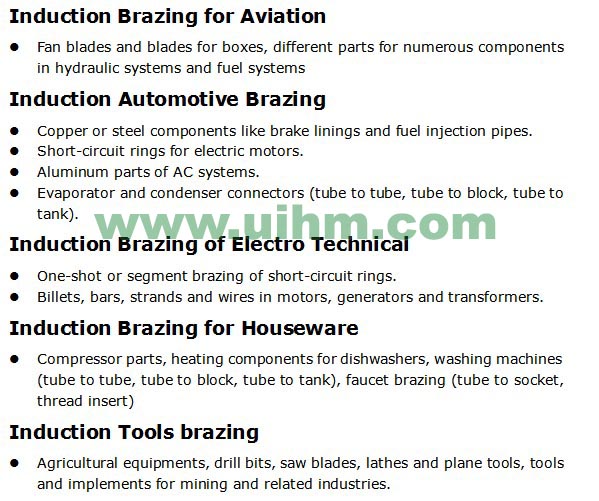
different induction brazing work
Fan blades and blades for boxes, different parts for numerous components in hydraulic systems and fuel systems
Induction Automotive Brazing
Copper or steel components like brake linings and fuel injection pipes.
Short-circuit rings for electric motors.
Aluminum parts of AC systems.
Evaporator and condenser connectors (tube to tube, tube to block, tube to tank).
Induction Brazing of Electro Technical
One-shot or segment brazing of short-circuit rings.
Billets, bars, strands and wires in motors, generators and transformers.
Induction Brazing for Houseware
Compressor parts, heating components for dishwashers, washing machines (tube to tube, tube to block, tube to tank), faucet brazing (tube to socket, thread insert)
Induction Tools brazing
Agricultural equipments, drill bits, saw blades, lathes and plane tools, tools and implements for mining and related industries.
For many, brazing is a materials-joining technology. However, when done correctly, brazing is also a power- ful business tool — one that reduces costs, boosts throughput, and improves product quality. Here are some of the main benefits of brazing:
Flexible
Brazing is amazingly versatile. It can join a wide range of metals. It can even join ferrous to non-ferrous. And since brazing does not melt the base metals, it is ideal for joining metals with different melting temperatures.
Cost-effective
Brazing is quick, accurate and controllable. It mini- mizes scrap. It is precise and repeatable, making it perfect for automated production methods. Also, brazing facilitates the speedy production of parts from standard components, which is more cost- effective than making single units from scratch Moreover, the relatively low temperatures involved in brazing (450°C – 900°C) keep down energy costs.
Neat and strong
Brazed joints, like welded joints, are very strong. They are shock- and vibration-resistant, leakproof and electrically conductive. The typical brazed joint is as strong, if not stronger, than the base metals it joins. But unlike welding, brazing preserves the metals’ integrity by not melting them.
There are many ways to braze.So why choose induction brazing?
Why induction brazing is better for your work:
Induction brazing is small footprints, ease of electronic control and integration and bring brazing ideal for automated production lines.
Induction brazing also bring good looking. The filler material that binds the base metals is went through the joint by tiny action, resulting in a neat and barely visible bead.
Induction brazing in the plumbing and household fixtures industries is widely used, where the attractive appearance of the finished product is important.
Induction heating technology is steadily displacing open flames and ovens as the preferred heat source in brazing. Seven key reasons explain this growing popularity:
1. Speedier solutionInduction heating transfers more energy per square millimeter than an open flame. Put simply, induc- tion can braze more parts per hour than alternative processes.
2. Quicker throughput
Induction is ideal for in-line integration. Batches of parts no longer have to be taken aside or sent out for brazing. Electronic controls and customized coils let us integrate the brazing process into seamless production processes.
3. Consistent performance
Induction heating is controllable and repeatable. Enter your desired process parameters into the induction equipment, and it will repeat heating cycles with only negligible deviations.
4. Unique controllability
Induction lets operators view the brazing process, something that is difficult with flames. This and pre- cise heating minimize the risk of overheating, which causes weak joints.
5. More productive environment
Open flames create uncomfortable working environ- ments. Operator morale and productivity suffer as a result. Induction is silent. And there is virtually no increase in ambient temperature.
6. Put your space to work
EFD Induction brazing equipment has a small foot- print. Induction stations slot easily into production cells and existing layouts. And our compact, mobile systems let you work on hard-to-access parts.
7. No-contact process
Induction produces heat within the base metals — and nowhere else. It’s a no-contact process; the base metals never come into contact with flames. This protects the base metals from warping, which in turn increases yield and product quality.
Brazing basics.
Brazing uses heat and filler metal to join metals. Once melted, the filler flows between close-fitting base metals (the pieces being joined) by capillary action. The molten filler interacts with a thin layer of the base metal to form a strong, leak-proof joint. Different heat sources can be used for brazing: induction and resistance heaters, ovens, furnaces, torches, etc. There are three common brazing methods: capillary, notch and moulding. Induction brazing is concerned solely with the first of these.
expansion means gaps have to be calculated for
metals at brazing, not room, temperatures. Optimum spacing is typically 0.05 mm – 0.1 mm.
Before you braze
Brazing is hassle-free. But some questions should be investigated — and answered — in order to assure successful, cost-effective joining. For instance: How suitable are the base metals for brazing; what’s the best coil design for specific time and quality demands; should the brazing be manual or auto- matic? At UIHM Induction we answer these and other key points before suggesting a brazing solution.
Having the correct gap between the base metals is crucial. A too-large gap can minimize the capillary force and lead to weak joints and porosity. Thermal Focus on flux Base metals must usually be coated with a solvent known as flux before they are brazed. Flux cleans the base metals, prevents new oxidation, and wets the brazing area prior to brazing. It is crucial to apply sufficient flux; too little and the flux may become saturated with oxides and lose its ability to protect the base metals.
Flux is not always needed. Phosphorous-bearing filler can be used to braze copper alloys, brass and bronze. Flux-free brazing is also possible with active atmos- pheres and vacuums, but the brazing must then be performed in a controlled atmosphere chamber.
Flux must normally be removed from the part once the metal filler has solidified. Different removal methods are used, the most common being water quenching, pickling and wire brushing.
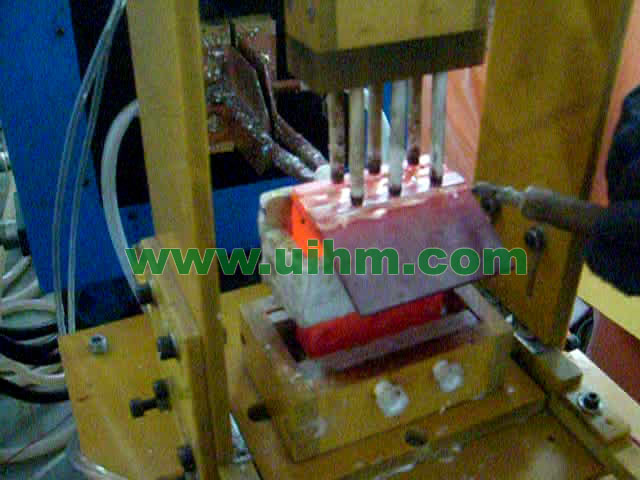
why induction brazing is better
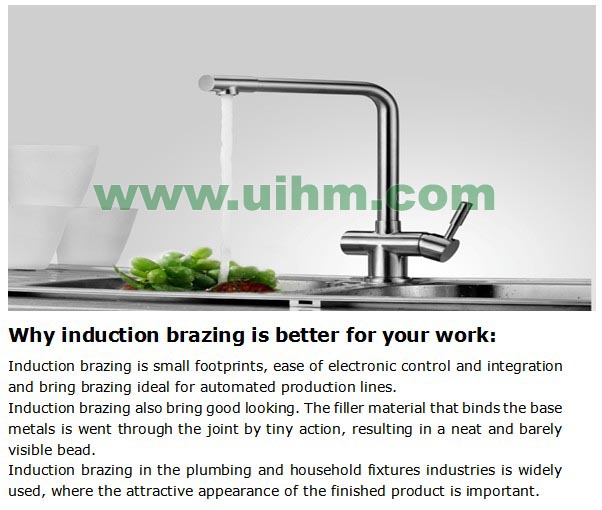
why induction brazing-is-better2_2
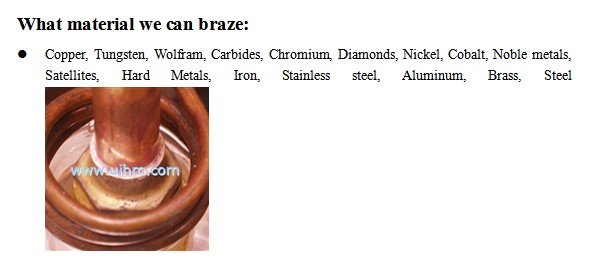
what can we brazing
What material we can braze:
Copper, Tungsten, Wolfram, Carbides, Chromium, Diamonds, Nickel, Cobalt, Noble metals, Satellites, Hard Metals, Iron, Stainless steel, Aluminum, Brass, Steel
Hot
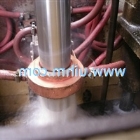
Relationship between induction frequency and quenching depth (hardening depth)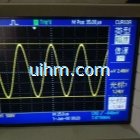
waveform of DSP induction heaters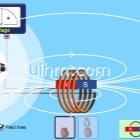
simulation of Faradays Law from University of Colorado Boulder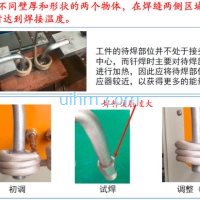
optimizing induction welding method for vehicle air conditioner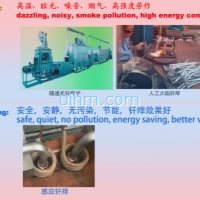
induction welding vehicle air conditioner vs common welding method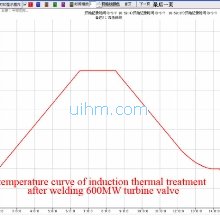
temperature curve of induction thermal treatment after welding 600MW turbine valve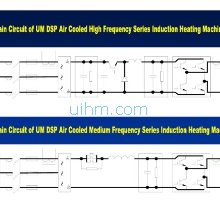
Main Circuit of UM DSP air cooled induction heaters
what is skin effect principle (magnetic force around induction coil)

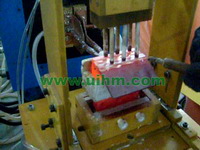
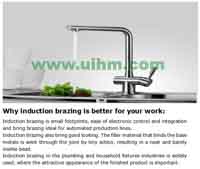
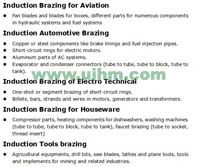
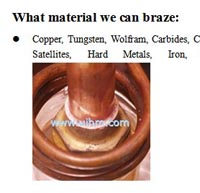
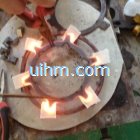
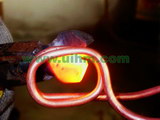
Newest Comment
No Comment
Post Comment